1. Introduction
Concrete patios have long been a popular choice for homeowners looking to create an outdoor space that is durable and low-maintenance. However, like any home improvement project, there are both pros and cons to consider before deciding if a concrete patio is the right choice for you.
From cost and longevity to design options and maintenance requirements, this post will provide an in-depth analysis of the advantages and disadvantages of concrete patios, equipping you with the knowledge you need to make an informed decision for your outdoor living space.
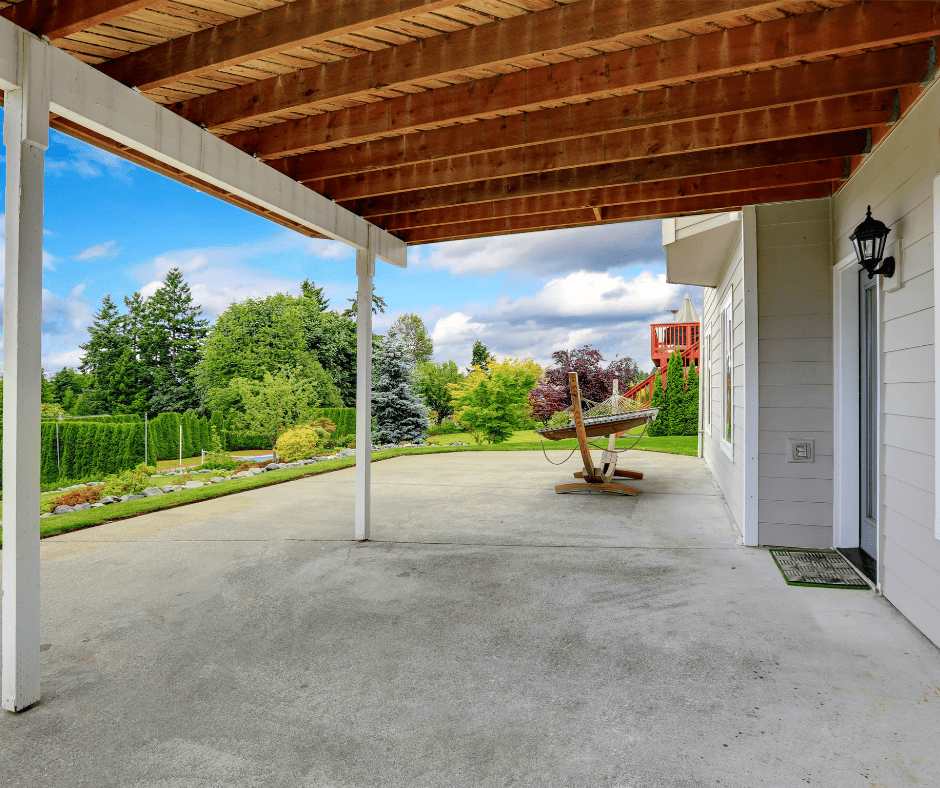
2. The Pros of Concrete Patios
There are numerous advantages to choosing a concrete patio for your outdoor living space. Firstly, concrete is an extremely durable material, capable of withstanding heavy foot traffic and various weather conditions. Unlike other materials, such as wood or pavers, concrete patios require minimal maintenance, making them a low-maintenance option for busy homeowners.
Additionally, concrete offers a wide range of design options, including different patterns, textures, and colors, allowing you to customize your patio to suit your personal style. Another pro of concrete patios is their cost-effectiveness, as they tend to be more affordable compared to other materials.
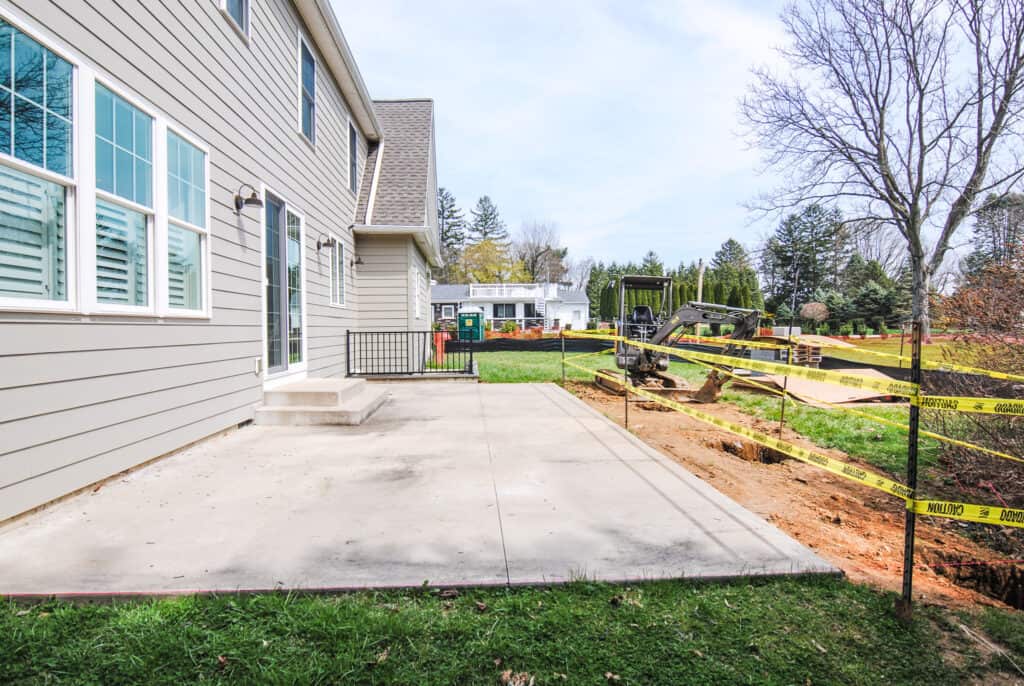
3. The Cons of Concrete Patios
While concrete patios offer several advantages, it’s important to also consider the potential drawbacks before making a decision. One of the main cons of concrete patios is their tendency to develop cracks over time. Despite the durability of concrete, factors like shifting soil and extreme temperature changes can cause the material to crack, requiring regular maintenance and repairs.
Concrete patios can be prone to staining, especially if spills or debris are not promptly cleaned. While this can be remedied with regular cleaning and sealing, it may require more effort and time compared to other patio materials. Another disadvantage is that concrete can be a less forgiving surface than materials like wood or pavers, resulting in a harder impact on joints and bones when accidental falls occur. Lastly, concrete patios are not always the most aesthetically-pleasing patio material for your home.
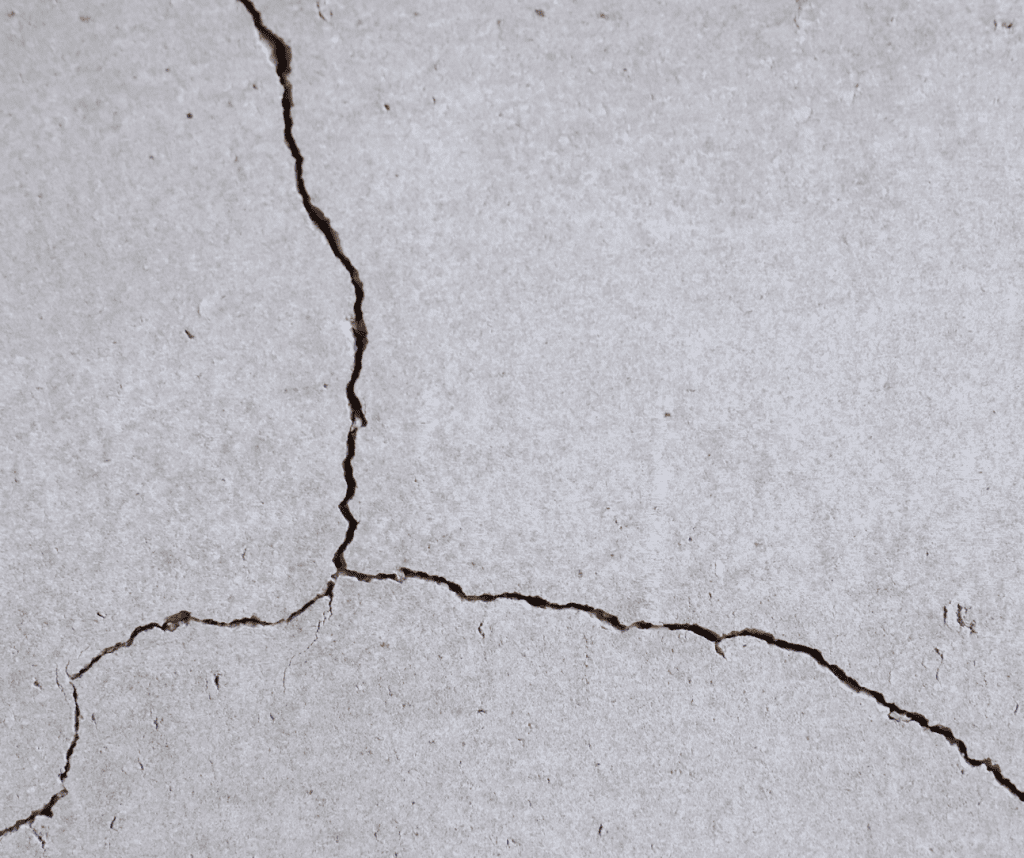
4. Considerations when choosing a concrete patio
When considering a concrete patio, there are a few additional factors you should keep in mind. First, it’s important to think about the climate in your area. If you live in an area with extreme temperatures or frequent freeze-thaw cycles, the likelihood of cracks in your concrete patio may increase. However, there are ways to address this, such as using reinforcing materials or incorporating expansion joints into the design.
Another consideration is the overall aesthetic of your outdoor space. While there are options to customize your concrete patio with colors and finishes, it may not offer the same natural or rustic look as other patio materials like wood or stone.
Lastly, think about the long-term maintenance requirements of a concrete patio. Regular sealing and cleaning are necessary to keep your patio looking its best and to prevent staining. If you’re not prepared to commit to this level of maintenance, you may want to explore other patio material options.
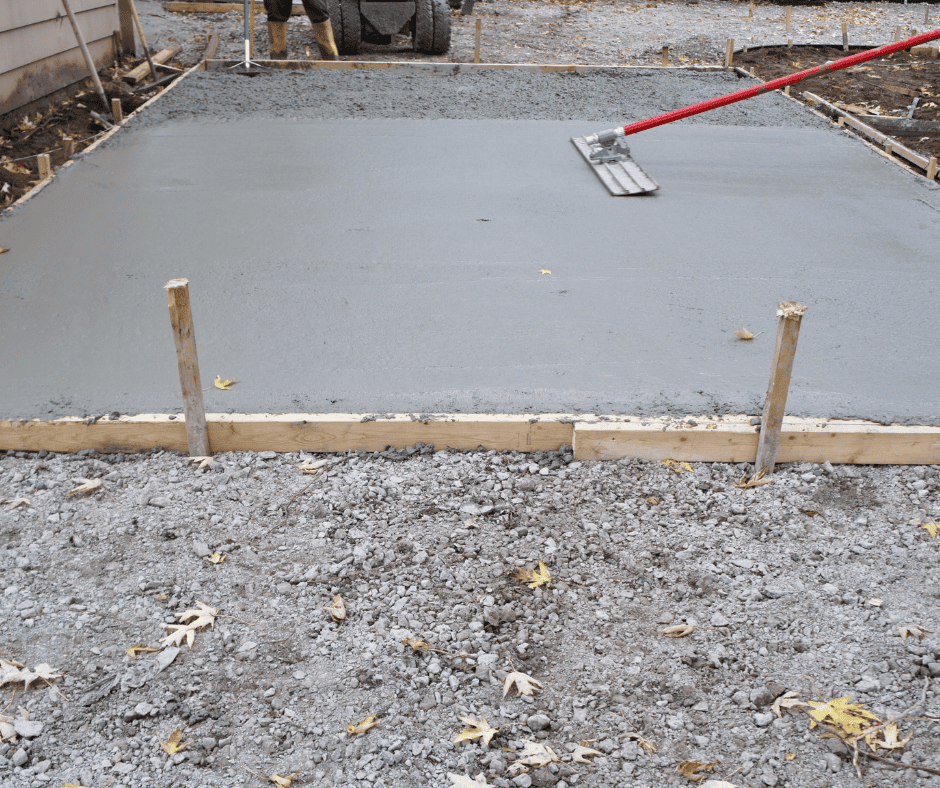
5. Maintenance and care for concrete patios
Maintaining and caring for your concrete patio is crucial to ensure its longevity and visual appeal. While concrete is a durable material, regular maintenance is necessary to protect it from wear and tear.
One important aspect of maintenance is sealing your concrete patio. Sealing creates a protective barrier that helps prevent moisture infiltration and minimizes the chances of cracks and stains. Depending on the climate and usage of your patio, it is recommended to reseal the concrete every two to three years.
In terms of day-to-day care, regular cleaning is essential. Sweep or use a blower to remove debris, leaves, and dirt from the surface. For stubborn dirt or stains, a gentle pressure wash with a mild detergent can be effective. Avoid using harsh chemicals or abrasive cleaners as they can damage the concrete.
Additionally, it’s important to address any cracks or damage promptly. Small cracks can be repaired with a concrete patching compound, while larger or more extensive damage may require professional repair.
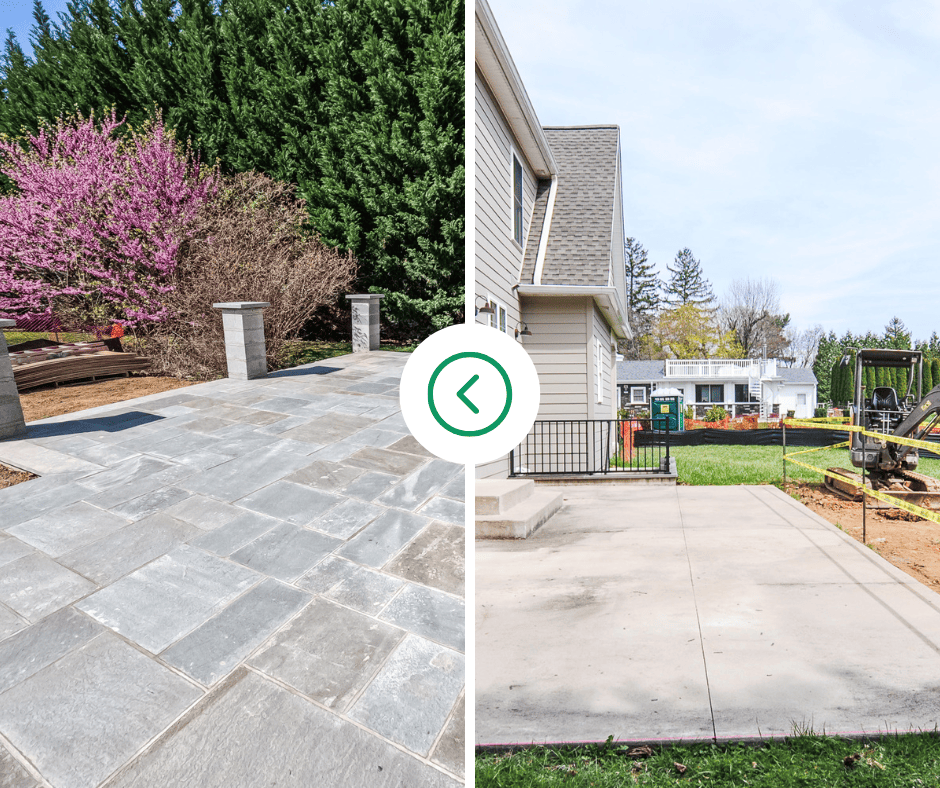
6. Alternatives to concrete patios
While concrete patios offer a variety of benefits, it’s essential to explore alternative options that may better suit your preferences and needs. Here are a few alternatives to consider:
1. Brick or paver patios: Brick and paver patios can create a timeless and elegant look. They come in a range of colors and patterns, allowing you to customize your outdoor space to match your style. These materials are also durable and require minimal maintenance.
2. Stone patios: Natural stone, such as slate or flagstone, can add a touch of elegance and sophistication to your outdoor area. These materials are available in various colors and shapes, offering a unique and visually appealing patio surface. Stone patios are generally low maintenance and can withstand heavy traffic.
3. Wood decks: Wood decks provide a warm and inviting atmosphere. They are versatile, allowing you to create different design styles, such as rustic or contemporary. However, wood decks require regular sealing and maintenance to protect them from weathering and deterioration.
4. Composite decking: Composite decking is a blend of wood fibers and recycled plastic. It offers the look of wood with the low maintenance benefits of plastic. Composite decks resist fading, staining, and mold growth, making them an excellent long-term investment.
Consider the pros and cons of each option and choose the one that best fits your budget, aesthetic preferences, and lifestyle. Remember, proper maintenance and care are essential regardless of the patio material you choose.
7. Conclusion: Final thoughts on concrete patios
Concrete patios have both pros and cons that should be carefully considered before making a decision. On the positive side, concrete patios are durable and can withstand heavy use. They are also customizable, offering a range of design options. Additionally, concrete is a cost-effective material, making it an attractive choice for those on a budget.
However, there are some downsides to concrete patios. They can crack over time, especially in areas with freezing and thawing cycles. Concrete also tends to absorb heat, making it uncomfortable to walk on barefoot during hot summer months. Lastly, if not properly installed and maintained, concrete patios can develop stains and discoloration.
Overall, whether you choose a concrete patio or explore alternative options, it’s important to consider your budget, aesthetic preferences, and the level of maintenance you are willing to invest. Additionally, proper installation and maintenance are key to ensuring the longevity and visual appeal of your outdoor space, regardless of the patio material you choose.
Contact us today to discuss your patio options!
